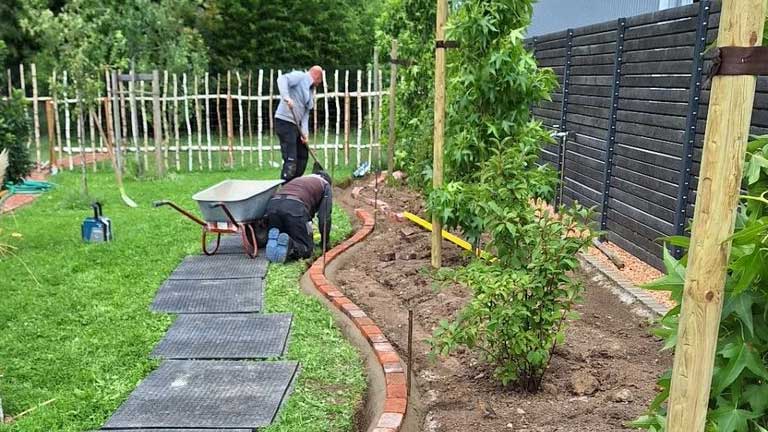
Like many service-based jobs, landscaping has a tight overhead. Much of your income goes directly towards paying for your laborers or even labor and supplies. This can quickly cut into your profits if, for example, there’s some delay or issue that’s entirely on you to manage. You can absolutely pass on a few of the costs if, for example, there’s an unexpected price jump in the specific material that your customers want, but for issues like an improper job or broken tool, that’s on you.
This can make running a successful landscaping business a true challenge. If you can cut your overhead, you’d be so much better off, but cutting down on overhead can also mean cutting down on quality. It’s a fine line between enough and too much, and this guide will help you do just that.
Expand Your List of Subcontractors and Suppliers
One of the best ways to help you budget better for every job is to have a larger list of options. You won’t likely hire everyone on the jobs you manage in-house. By having a larger list of laborers and suppliers, you can choose options that are more local (and therefore cut down on time and transportation costs). You can also choose the best option for your budget. If your go-to supplier is more expensive but also offers services that your current client doesn’t need and the entire job is on a tighter budget, it’s better to go with the less expensive alternative that only offers the job you need to be done.
This tip is particularly useful for suppliers. While yes, you can always get a great deal on landscape supply in San Antonio when you buy wholesale, you’ll find there are usually extra deals and sales. By having more than one great wholesaler to choose from, you can consistently choose the option that offers you the best deal. Always make sure you have a few higher-end options as well, just in case your clients want premium materials for their build.
Use Simple Project Management Tools
If you can organize everything so that less time is wasted overall and everything remains on time, then you can keep your overhead tight and lean. Going over the schedule is the number one reason why your overhead starts to inflate. To avoid this, start using professional project management and scheduling tools so that everyone is on the up and up, and you can properly add in things like delivery and so on to minimize the amount of time everyone is sitting around waiting.
Doing this also helps you when it comes to renting any equipment. If you can get the job done with a rented piece of equipment in one or two days, you will have kept that cost as low as possible. It’s extra time that eats up your overhead, so properly plan out your day so you can get as much done in as few days as possible.




